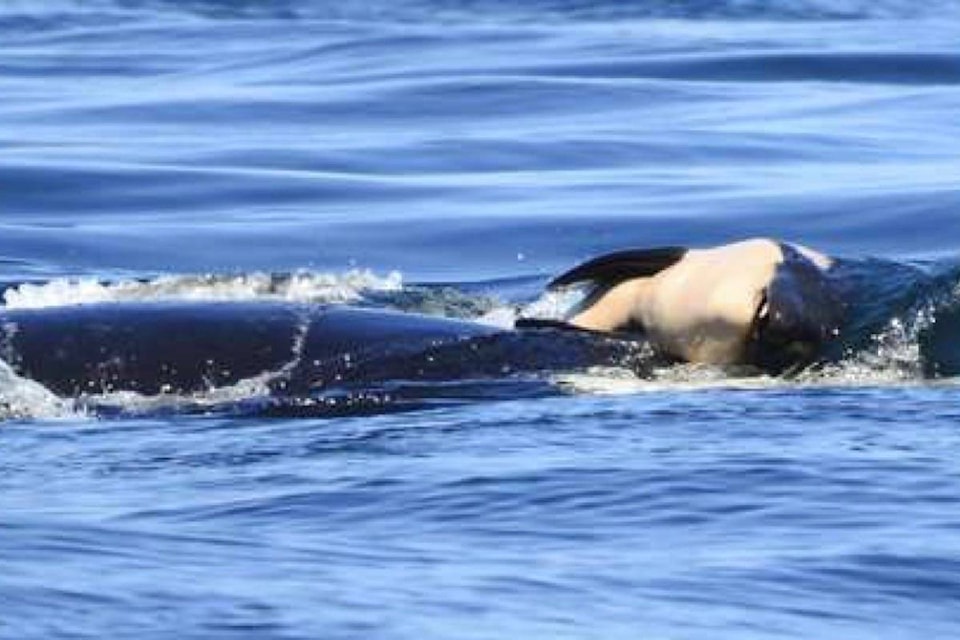Researchers say an endangered orca’s “tour of grief” is over after she spent nearly three weeks towing her dead calf around the Pacific Ocean.
The Center for Whale Research says the killer whale, known as J35, was spotted without her baby while she “vigorously chased a school of salmon” for about a kilometre over the weekend.
The centre says J35 appears to be in good health based on telephoto images, in spite of concerns that she may not be able to forage for food while carrying around the carcass.
It says there had been reports “from brief sightings by whale-watchers” two days ago of J35 without her calf in the Georgia Strait near Vancouver.
The centre says the carcass likely sank to the bottom of the Salish Sea, and researchers may not get a chance to perform a necropsy.
J35 was spotted by Fisheries and Oceans Canada while they were searching for another of the 75 southern resident killer whales, labelled an endangered species in both Canada and the United States.
Her calf was born and died on July 24, and researchers say she towed it around for more than 1,500 kilometres.
The Canadian Press
Like us on Facebook and follow us on Twitter.
